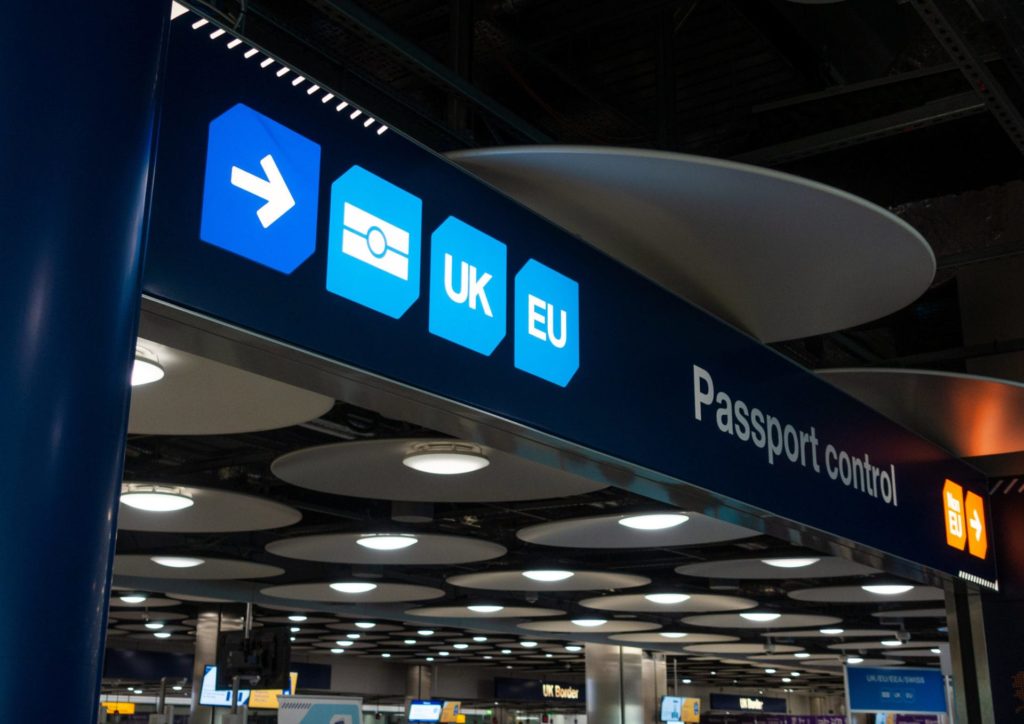
Game On: Nintendo success in securing website blocking order targeting video game pirates
The High Court has recently granted a website-blocking injunction to the video game and console manufacturer behind the Wii and Switch devices and games such as Mario Brothers and Mario Kart.
Nintendo sought an order from the High Court in London against the UK's major retail internet service providers (ISPs) to require them to take measures to prevent their customers accessing four websites (the Websites) responsible for developing and selling devices designed to circumvent Nintendo's copy protection measures.
The facts
Nintendo uses technological protection measures in the form of encryption and digital signatures which seek to prevent pirated copies of games from being played on its consoles. The Websites offered for sale and sold devices which circumvented those copy protection measures thus enabling pirated copies of games to be played. Two of the Websites were operated by the parties responsible for developing the devices, the others by UK resellers.
Although Nintendo had taken steps to ensure the circumvention devices were incompatible with newer models of the consoles, they could still be used on earlier models in circulation, so Nintendo looked to the court and the ISPs to prevent this.
Nintendo were unable to identify the operators of the Websites, cease and desist letters had been ignored, and two of the Websites changed their domain names following the letters being sent. Nintendo had some success in removing listings of the circumvention devices from third party platforms, but the listings were simply being replaced. As such, Nintendo sought a website blocking injunction.
Legal Application
Nintendo's application was the first in the UK to be based upon infringement of trade marks since the Court of Appeal confirmed that the High Court has the jurisdiction to grant such orders to prevent infringement of trade marks in the case of Cartier International AG v British Telecommunications Plc [2018] UKSC 28, [2018] 1 W.L.R. 3259, [2018] 6 WLUK 226. In addition, Nintendo also relied for the first time on the rights in respect of devices and services designed to circumvent technological measures as provided for in sections 296 and 296ZD of the Copyright, Designs and Patents Act 1988 (CDPA).
The Court was presented with evidence that the Websites were all using Nintendo's name and logo and the Judge stated it was beyond dispute that the Websites were using signs identical to registered trade marks, and that they were doing so without Nintendo's consent.
In granting the injunction, Mr Justice Arnold also said that he was satisfied that there was the prospect of post-sale confusion and the use of Nintendo's trade marks on the Website was expressly intended to undermine Nintendo's console and game software, and interfered with its use of the trade marks. Furthermore, Arnold J stated that although the websites made a number of references to 'hacking' which would indicate that the products on offer were unauthorised, the overall presentation of the Websites would lead a significant number of consumers to wrongly believe that the circumvention devices were accessories that had been authorised by Nintendo. In particular the Judge referred to a statement made by the group behind the circumvention devices in the 'About Us' section on one of the Websites, which said: "Whereas we have long digressed from trading in areas that have now been made illegal in most countries over the years, our ambition is to continue product quality at its most affordable price" and which suggested that the group now carried out activities which were legal.
What was particularly novel about this application in the context of the development of blocking injunctions was that Nintendo also relied on its rights in respect of the circumvention of technical measures under s.296 and 296ZD CDPA. In considering these sections of the Act, the Court accepted that copyright works were supplied as part of the software and the measures employed by Nintendo (encryption and digital signatures) were proportionate to the aim of copyright protection. The Court also held that the Websites fell under s.296 and 296ZD CDPA as the Devices were expressly stated to be for 'hacking' the Nintendo Switch console. Furthermore, the group was aware that the circumvention devices would be used to make infringing copies of Nintendo's copyright works because they made a point on the Websites of confirming this, making statements such as "it's easy and cheap to pirate" the Switch console and doing so allows players to play all kind of games "freely". As such, the High Court held that Nintendo had a good case against the Websites for infringement of its rights.
Whilst the Court acknowledged that the rights conferred by s.296 and 296ZD are not strictly copyright or even intellectual property rights in themselves, this did not prevent Nintendo relying on these rights in support of its application to require the ISPs to block access to the Websites.
What does this mean for the future of blocking injunctions?
Since the first blocking injunction was granted in favour of the Hollywood studio members of the Motion Picture Association in mid-2011, the procedure has become well-established and the scope of the orders the court will grant has augmented to include IPTV streaming services, apps and ad-ons, and websites selling counterfeit goods.
A blocking order is a powerful tool, effective in reducing traffic to infringing websites and other services which infringe or facilitate the infringement of rights of content owners, including IP rights. They are also apt to dissuade users of such sites and services. It is established in the case law that implementing these injunctions should not pose great difficulty to ISPs, as the necessary technology already exists and is in use. Furthermore, the applicant will, since the Supreme Court's ruling in the Cartier case, be required to bear the incremental costs of implementing the injunction, so there will be no additional cost for the ISPs. As the scope for obtaining website-blocking injunctions has been widened, internet service providers could potentially see a rise in applications in the future, although the tide will most likely be stemmed by the costs of obtaining and maintaining such orders so it is unlikely to resemble the opening of the floodgates.
In this case, as with nearly all recent applications for blocking orders, the respondent ISPs did not object to the application, illustrating that ISPs are increasingly willing to co-operate with applications for blocking injunctions. That said, as was made clear by the High Court in this case, it remains incumbent on the Court to ensure that such applications are well founded. A detailed analysis of the merits and preparation of appropriate evidence and submissions are essential for anyone seeking to obtain such an injunction.











